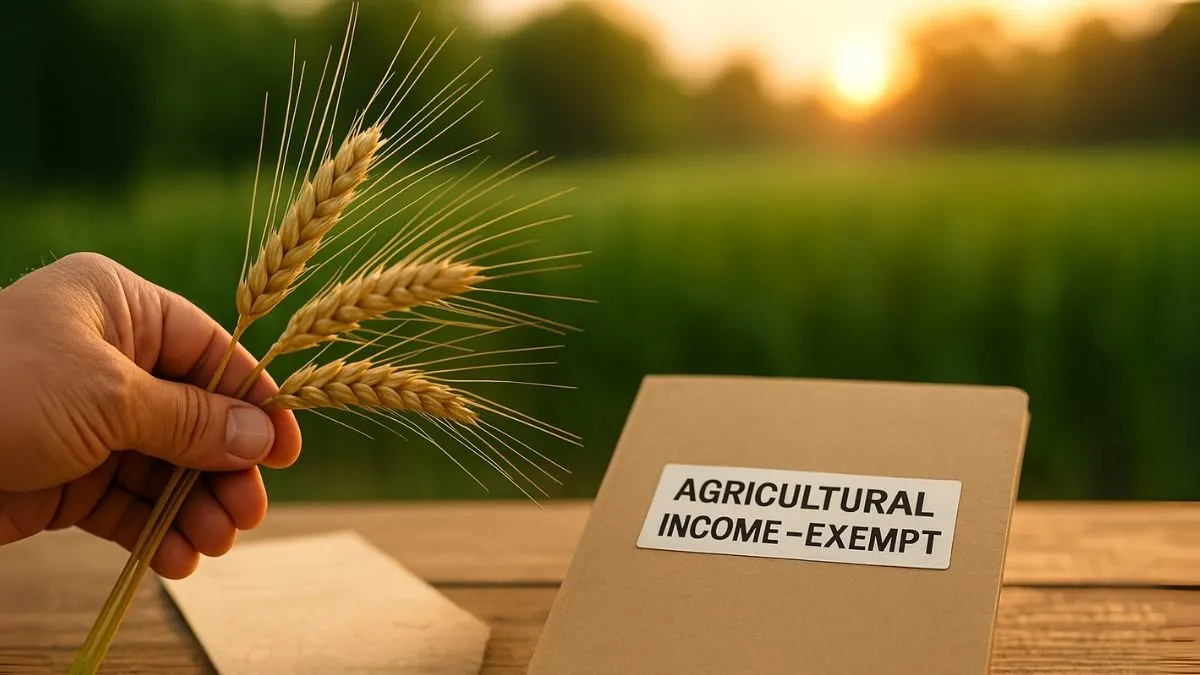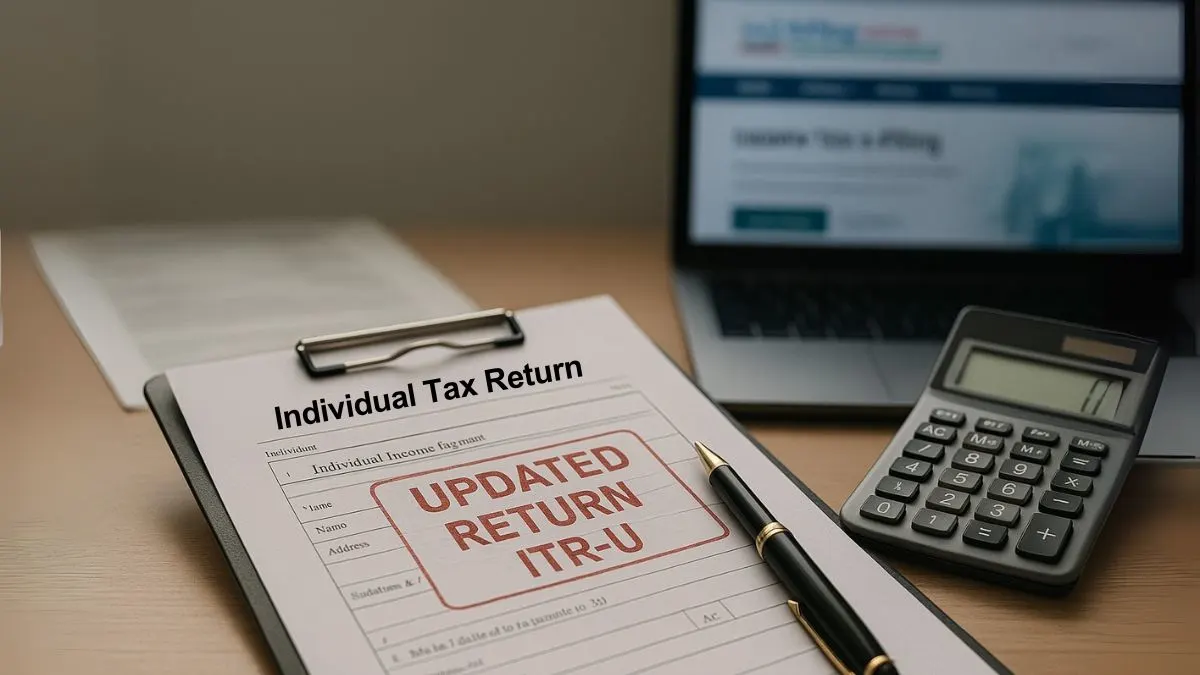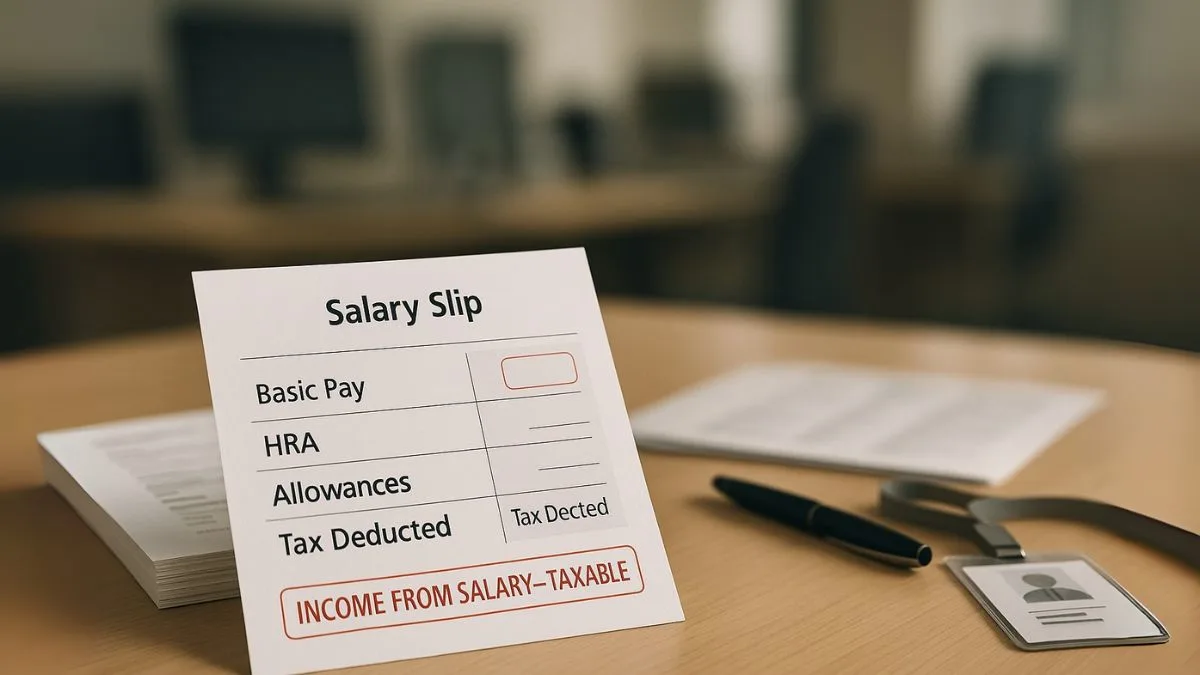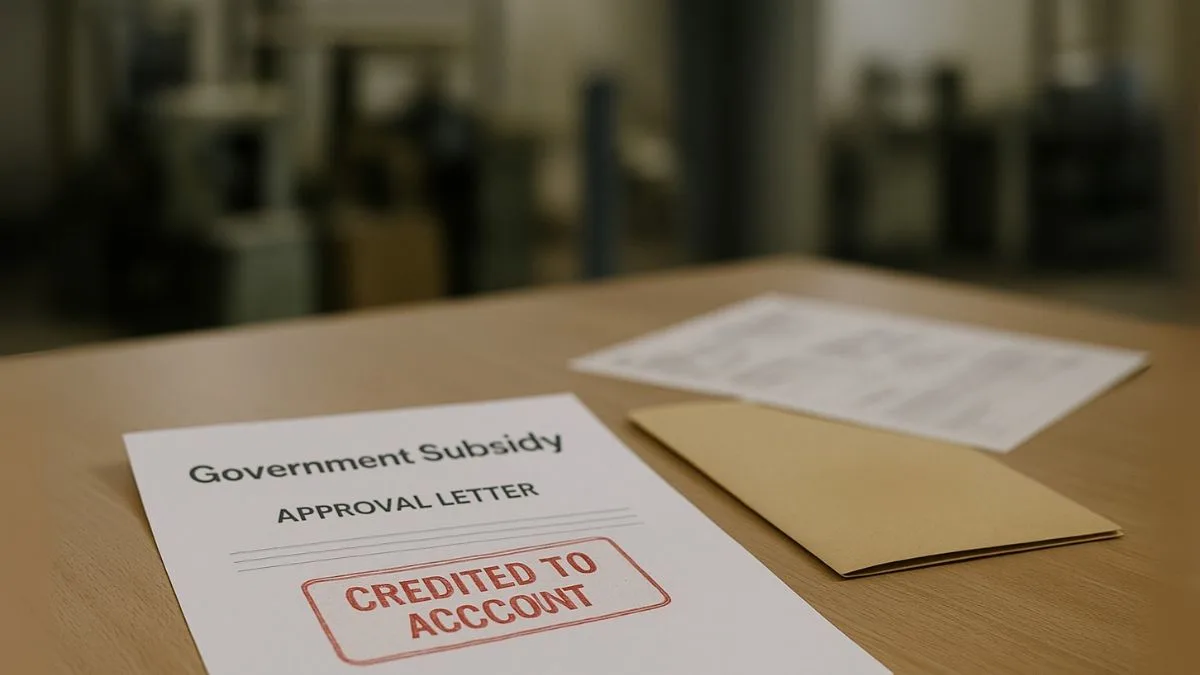
In India, farming isn’t just work — it’s woven into life itself.
That’s why the government decided long ago that agricultural income shouldn’t be taxed.
This rule lives inside Section 2(1A) of the Income Tax Act, 1961, which literally defines what counts as “agricultural income.” It tells us which incomes from land are tax-free and which ones are not. Sounds simple, right? It’s not always.
What Section 2(1A) Actually Says
The section breaks “agricultural income” into three buckets:
- Rent or revenue from land in India that’s used for agriculture.
- Income from agriculture itself — or from the ordinary process that makes the produce sale-ready (drying, cleaning, grading, etc.)."
- Income from buildings or land used for agri operations — as long as those buildings sit on or near the land & are used for storage or for the cultivator’s residence.
Basically, if the money flows directly from cultivation, it’s agricultural.
Simplifying the Law with Everyday Examples
- Lease out your farmland and get rent? → ✅ That’s agricultural income.
- Grow wheat, rice, or mangoes & sell them? → ✅ Still agricultural.
- Dry or grade your crop before selling? → ✅ Part of agricultural process.
- Make jams, pickles, or packaged juices? → ❌ That’s now business income.
See the difference? Once the activity goes beyond making produce market-ready, it leaves the tax-free zone.
Also Read: Exemption on Agricultural Income
“Income from Land” ≠ Always Agricultural
This one confuses many taxpayers. The rule cares about how the land is used, not merely that the income comes from land.
|
Example |
Classification |
|
Growing paddy, wheat, sugarcane |
✅ Agricultural Income (Exempt) |
|
Running dairy or poultry on farmland |
❌ Non-agricultural Income (Taxable) |
|
Using tea leaves to make packaged tea |
🟡 Partly agri, partly business |
Section 2(1A) draws this fine line to reward genuine cultivators & stop tax loopholes.
Exemption under Section 10(1)
All income defined as agricultural under 2(1A) is exempt from income tax.
But here’s the twist: if you also earn non-agricultural income, the tax department uses a method called partial integration.
That means your agri income still isn’t taxed, but it’s added temporarily to find your correct tax slab. Fair to both sides — farmers keep their exemption, & higher-earners pay at proper rates.
Quick Examples
- Pure Farmer: earns ₹5 lakh from wheat grown on his land → fully exempt.
- Tea Company: earns ₹15 lakh from tea manufacturing → only 60 % (extraction) is agri income; 40 % is taxable business income.
- Landlord Farmer: leases farmland for cultivation → rent received = agricultural income.
When Does Income Really Qualify?
To wear the “agricultural income” tag, four conditions must click together:
- Land must be in India.
- Land must be used for actual agricultural operations.
- Income must come directly from that activity."
- No commercial or industrial process beyond marketability.
Miss one, & you lose the exemption.
Also Read: Capital Gain Exemption on Compulsory Acquisition of Urban Agricultural Land
Agricultural vs Non-Agricultural Income
|
Basis |
Agricultural Income (2(1A)) |
Non-Agricultural Income |
|
Source |
Land used for cultivation |
Business, salary, rent etc. |
|
Taxability |
Fully taxable |
|
|
Example |
Growing wheat or leasing farmland |
Dairy or mining on land |
|
Reference |
Section 2(1A) |
Other sections of the Act |
Other Linked Sections
- Section 2(7) – defines assessee (so even farmers with non-agri income must report both).
- Electoral trust rules – completely different, not part of 2(1A).
Different heads of income = different rules of the game.
Court Rulings that Shaped It
- CIT v. Raja Benoy Kumar Sahas Roy (1957): Agricultural income must involve human effort like tilling or sowing — mere ownership isn’t enough.
That single line still guides tax officers today.
Common Misunderstandings
People often (wrongly) treat these as agricultural income:
- Selling forest produce not grown by them.
- Mining or quarrying on agricultural land.
- Dairy, poultry, fishery operations.
- Commission from trading farm produce.
They all fail the “direct nexus with cultivation” test.
Government Focus and Modern Reality
The government keeps promoting agri-tech, sustainable farming, & smart irrigation, while continuing tax relief for genuine farmers.
But as agri-business expands into processing, packaging, and exports, understanding where Section 2(1A) stops becomes crucial.
Impact on Different Groups
- Small farmers: complete tax exemption = financial relief.
- Agri-enterprises: must show proof of cultivation & separate books to avoid scrutiny.
Documentation is your shield if the department asks questions.
Also Read: Expenditure on Agricultural Extension Projects
Key Takeaways
- Section 2(1A) defines what agricultural income is — and what it is not.
- Only income directly from cultivation or related processes qualifies.
- Rent, produce sales, and land-use revenue = agricultural.
- Manufacturing & commercial operations = non-agricultural.
- Always report both agri & non-agri income properly for compliance.
Conclusion
Section 2(1A) is more than just a definition — it’s a protection shield for India’s farming community.
It keeps genuine farmers tax-free while drawing a clean line between cultivation & commerce.
As agriculture modernizes, knowing this section is your best defense against confusion and unnecessary tax exposure.
Still unsure if your income fits the “agricultural” definition?
👉 Visit CallMyCA.com — our Chartered Accountants can review your land records, classify your income correctly, & help you claim every exemption you deserve — legally and smartly.










